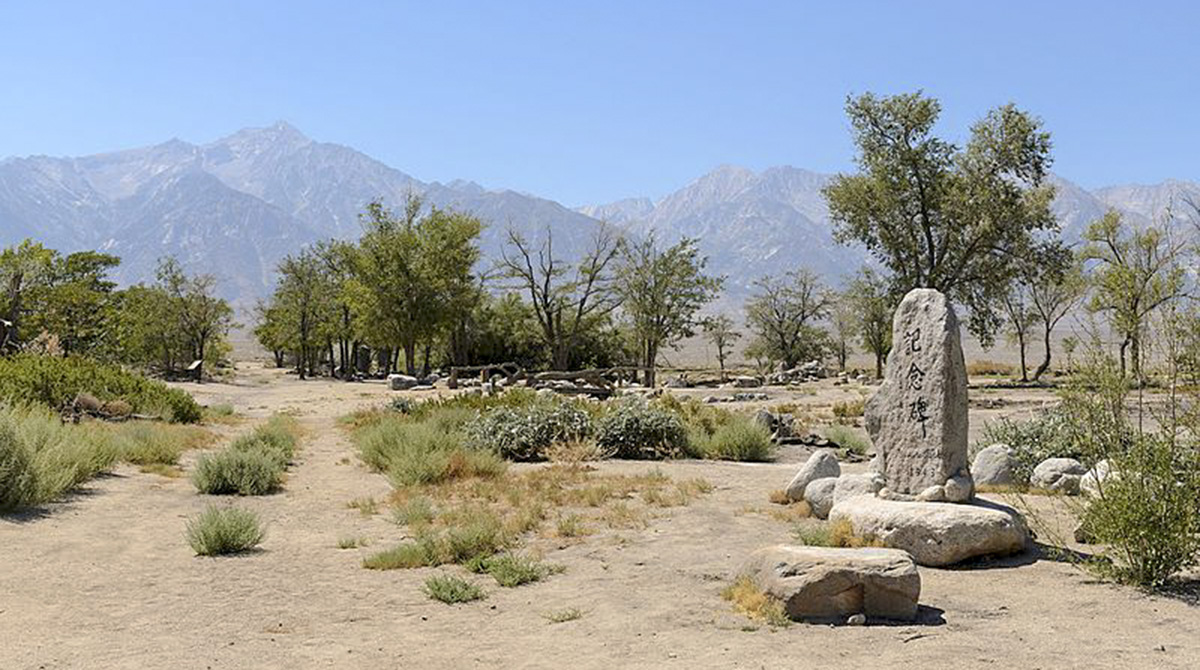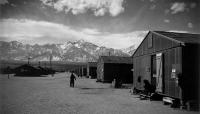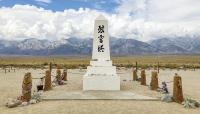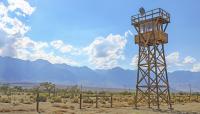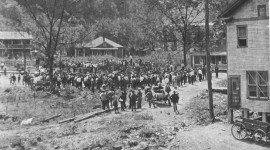Landscape Information
Regarded as the best-preserved of the ten sites where Japanese Americans were forcibly held during World War II, and the first site to receive detainees, the Manzanar War Relocation Center opened in March 1942. Located just south of Independence, California, near the eastern border of the state, it housed a population of just over 10,000 in a landscape that was largely rocky desert scrubland. The residential portion of the 550-acre camp was populated with barracks and buildings arranged in a rigid grid. To make the camp livable and keep alive a sense of hope, the detainees made sidewalks, paths, playgrounds, and gardens (including Victory Gardens)—many inspired by Japanese cultural traditions. The internment of many gardeners, nursery owners, and landscape designers (including William Katsuki and Chotaro Nishimura) at the camp led to the creation of several ornamental gardens.
Although the camp was dismantled in November 1945, the remnants of a few of its structures remain, such as pagoda-style roofs and other Japanese stylistic elements. Historical photographs and oral histories speak of gardens ranging from a few feet to several acres, demonstrating various levels of complexity. One such elaborate garden included a rock mound, concrete-lined pond, stream, and bridge. The site was added to the National Register of Historic Places in 1976, became a National Historic Landmark in 1985, and was designated a National Historic Site in 1992. The Landmark designation includes some 640 acres, including the landscape comprising the residential compound and the camp’s cemetery, with a monument erected by detainees in 1943.




